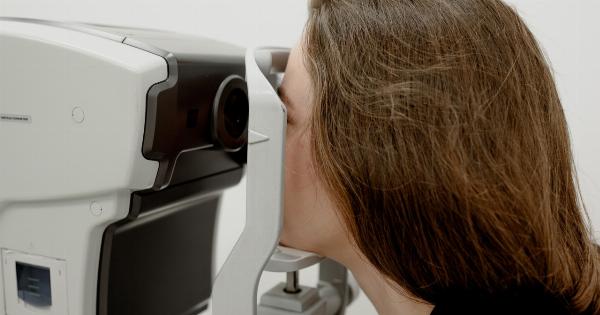Hysterosalpingography (HSG) is a medical diagnostic procedure which is used to examine the inside of the uterus and tubes.
An X-ray is used to take images of the uterus and fallopian tubes after they have been filled with a contrast material, which helps to identify any abnormalities in the anatomy of the female reproductive system. This diagnostic technique plays a crucial role in infertility treatment and has greatly improved the success of assisted reproductive technologies (ART).
How HSG Works
HSG is usually performed in a radiology department by a radiologist or gynaecologist. The procedure involves inserting a catheter into the cervix, which is used to inject a small amount of a contrast agent into the uterus.
Subsequently, X-ray images are taken at different angles, enabling the doctor to observe the contrast as it moves through the fallopian tubes and into the abdominal cavity. The images produced enable the doctor to evaluate and diagnose any abnormalities in the uterus and fallopian tubes.
The Role of HSG in Infertility Diagnosis
The diagnosis of infertility involves a comprehensive assessment of both male and female reproductive systems. In women, HSG is a key diagnostic tool that helps to identify possible anatomical anomalies such as fibroids or blockages in the tubes.
The hysterosalpingogram X-ray enables the physician to determine the shape and size of the uterus, the integrity of the tubes, whether the tubes are blocked, and whether there is any scarring in the uterus or tubes, which may affect fertility.
HSG and Infertility Treatment
Once any abnormalities are identified through HSG, appropriate treatment options can be prescribed to increase the chances of conception. HSG can diagnose both tubal and uterine factor infertility.
Uterine abnormalities, such as fibroids or polyps, can be removed through hysteroscopy which removes the blockages. In cases where the tubes are blocked, laparoscopic surgery may be necessary to remove the blockages for normal flow to occur. ART is often used to achieve pregnancy in cases of infertility where conventional treatments are unsuccessful.
The results of HSG can assist in determining the most appropriate type of ART depending on the diagnosis.
Advantages of HSG
The HSG procedure is considered non-invasive because it uses a contrast dye and X-rays to take images, rather than cutting through the skin or making an incision. It is a safe and reliable diagnostic tool that is low-risk with minimal complications.
HSG provides physicians with real-time imaging that can aid in a more timely and accurate diagnosis, which in turn leads to more targeted and effective treatment. Additionally, HSG is often less expensive than other imaging methods and has comparable diagnostic capabilities.
Disadvantages of HSG
HSG is a challenging and uncomfortable procedure for many women. The infusion of the contrast dye can be painful and cause mild cramping, and there is also a small risk of infection and allergic reactions to the dye.
Additionally, HSG may be less effective in determining tubal patency in various scenarios such as patients who have undergone a tubal ligation or have severe pelvic scarring. Lastly, HSG can only provide a clear image of the uterus and fallopian tubes but cannot evaluate the ovaries.
Conclusion
Diagnostic imaging plays an important role in identifying the causes of infertility, and HSG has emerged as a valuable tool in the diagnosis and management of infertility.
It is a low-risk, non-invasive, and cost-effective procedure that provides physicians with timely, accurate, and detailed imaging of the female reproductive system. The information provided through HSG enables physicians to identify the cause of infertility, which in turn enables them to select the most appropriate course of treatment for individual patients, thus improving the success rates of ARTs.






























